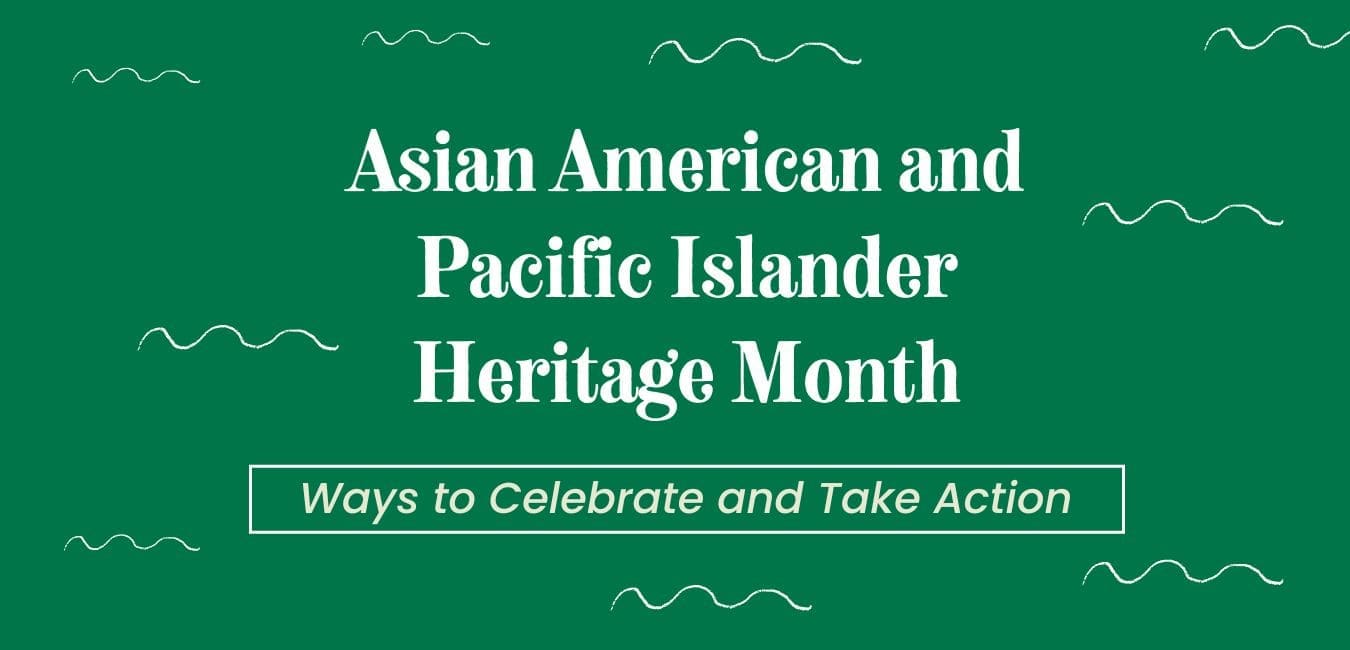
Ways to honor and celebrate Asian American and Pacific Islander Heritage Month
How are you honoring AAPI Heritage month this year?
Written by Casey Dawson, Countable News
What’s the story
- This May is Asian American and Pacific Islander Heritage Month (APAHM), a national commemorative month that recognizes the historical and cultural contributions of AAPI individuals and brings awareness to the issues facing AAPI communities. The umbrella term AAPI encompasses a wide range of communities with origins from the entire Asian continent including East, Southeast, and South Asia, as well as the Pacific Islands.
- This year, the theme is “Advancing Leaders Through Collaboration,” building on last year’s theme of “Advancing Leaders Through Purpose-Driven Service.” Both themes seek to emphasize the importance of representation in leadership roles, and for leaders to listen and work with affected communities.
When did APAHM begin?
- Efforts to recognize AAPI heritage began in the 1970s, when Congress first passed a resolution to declare the first days of May as Pacific/Asian American Heritage Week. In 1990, Congress expanded the observance to a month. The month of May was chosen as it marks the arrival of the first Japanese immigrants to the U.S. on May 7, 1843, as well as the completion of the first U.S. transcontinental railroad on May 10, 1869, which was constructed with substantial work from Chinese laborers, who were underpaid and overworked.
Why ‘AAPI’?
- The term AAPI has grown in popularity as it enables a vast array of ethnicities, countries, nationalities, and identities to come together as one group and connect over this shared term — the 2020 U.S. Census estimated over 24 million people in the U.S identify as Asian American or Pacific Islander.
- However, the term has also faced criticism for being too broad of a categorization, unable to properly encompass the unique experiences of so many different cultures, and tending to focus on East Asians over other marginalized groups. The AAPI categorization consists of around 50 different ethnic groups, with enormous generational, religious, economic, cultural, and ideological differences.
- After the racial category of “Asian” was established, it was expanded in the 1980s to include “Pacific Islanders”, groups which had previously been categorized individually, like “Hawaiian” or “Samoan.” However, some Pacific Islanders also include people who identify as Indigenous, and groups like this saw the inequities they faced being ignored by this new label. Achievement gaps exist within the AAPI label from educational attainment to healthcare access to financial resources. For example, 71 percent of Asian Americans aged 25 to 29 attained a bachelor’s degree, compared to only 22 percent of Pacific Islanders. By grouping AAPI people all under one umbrella, data assessment can obscure important issues.
- It is important to recognize these complexities and understand that AAPI people are not a monolith, and individual ethnic groups need their own recognition and advocacy as well.
Ways to Honor, Celebrate, and Take Action
Educational Resources
- According to the National Alliance on Mental Illness, AAPIs have the lowest treatment-seeking rate of any racial or ethnic group. Check out this website for specific mental health resources for AAPI communities.
- Learn more about AAPI data and data disaggregation at AAPI Data’s website.
- The Smithsonian Asian Pacific American Center has compiled a “Learning Together” page with interviews, book recommendations, interactive activities, videos, and more. The page is geared toward providing resources for ways to incorporate AAPI history and information into class curriculum, but can be helpful for anyone interested in expanding their worldview.
- Stop AAPI Hate is an organization that raises awareness of anti-Asian biases, collects data on hate crimes, and advocates for policy to address the root causes of discrimination and hate. You can report an incident of anti-AAPI hate on their website, learn more about the history of AAPI discrimination, and read about safety tips to follow and share. You can also donate to support their ongoing efforts here.
Events near and far
- Some ways to celebrate and raise awareness in the Washington, D.C. area include food festivals, Tai Chi on Saturdays, and an upcoming campaign against anti-Asian violence that launches later this month.
- Film festivals, library workshops, and museum events are just a few ways to celebrate in the Bay Area.
- Check out Celebrasia 2022 in Austin, visit cultural sites (virtually or in-person) or attend Asia Society Texas’ numerous events in Houston, and explore museums, local restaurants, and festivals in the Dallas-Fort Worth area.
- Check out these great ways to celebrate and educate with your family and friends from anywhere in the world.
- Open up The Asian Pacific American Center’s ‘Care Package’ of poems, films, music, and mediations. Then check out their online calendars of virtual events throughout the month.
How are you honoring AAPI Heritage month this year?